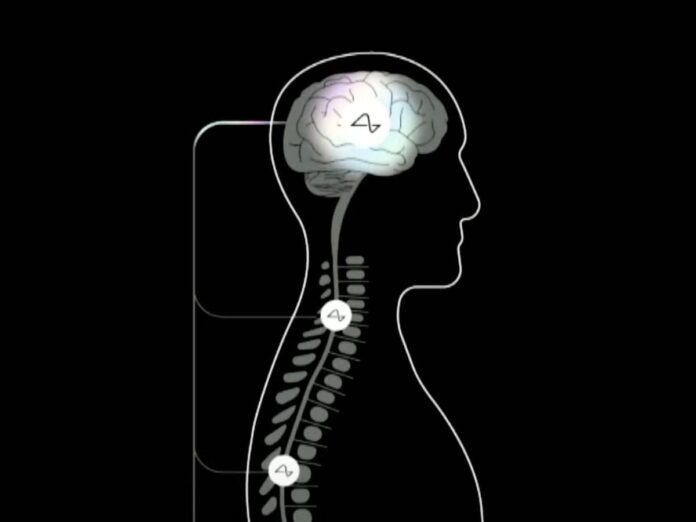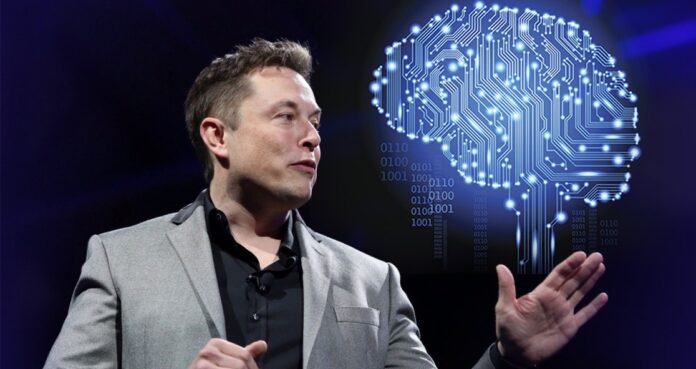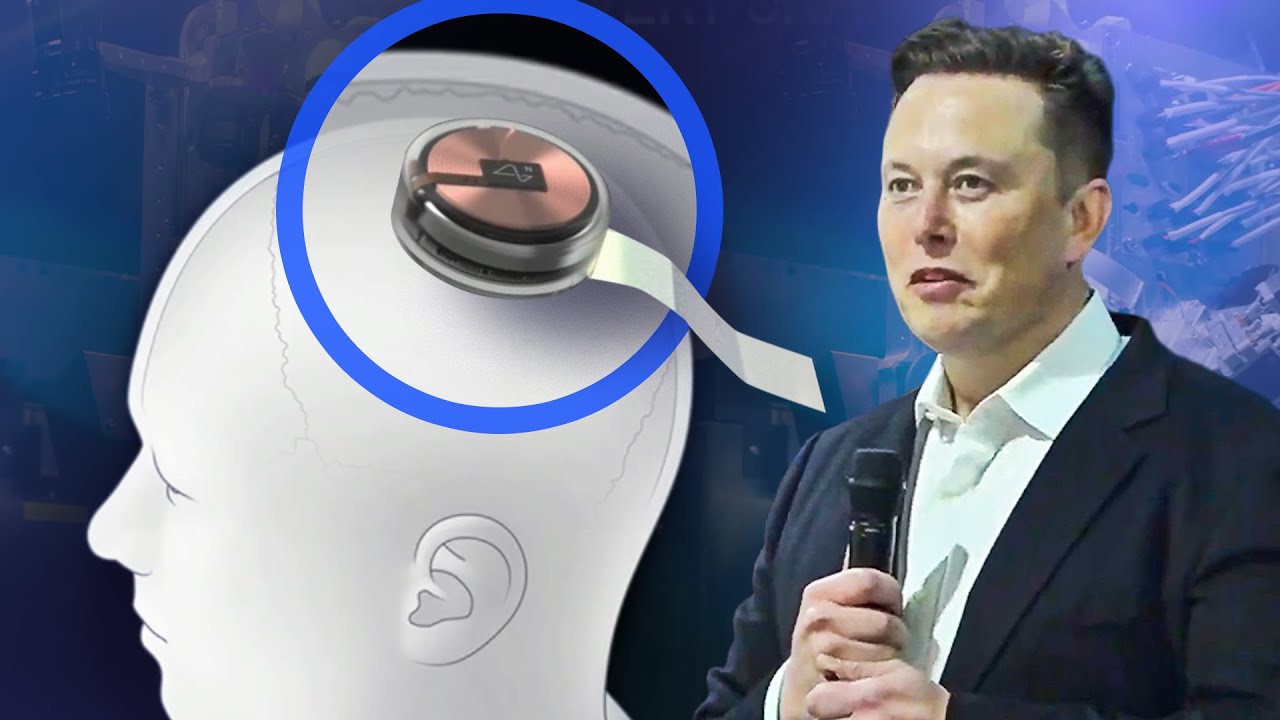Elon Musk’s Neuralink has captured the imagination of the world with its ambitious goal of merging the human brain with artificial intelligence.
The brain chip developed by Neuralink aims to revolutionize how we interact with technology, potentially enhancing cognitive abilities and even treating neurological disorders.
By directly interfacing with the brain, this technology holds the promise of unlocking new frontiers in human-machine interaction.
Understanding Neuralink’s Vision

For the brain and external devices to communicate in both directions, microscopic electrodes are implanted into the brain as part of Neuralink’s brain chip technology.
With unparalleled accuracy, these electrodes—thinner than a human hair—can detect and stimulate brain activity.
People could be able to operate computers, artificial limbs, or even converse telepathically with this interface. Such technology has a wide range of applications, from improving human capacities to curing crippling diseases.
Neuralink aims to empower the collective intellect in addition to the individual. According to Musk, there will be a day when people may easily interact with AI to enhance their cognitive capacities and greatly increase their knowledge.
Through the integration of artificial intelligence (AI) and human intellect, Neuralink can solve intricate puzzles, expedite scientific breakthroughs, and usher in a new era of human ingenuity.
The Path to Neuralink’s Impact
While vision is undoubtedly captivating, realizing its full potential poses significant challenges. The technology must overcome hurdles related to safety, reliability, and ethical considerations before widespread adoption becomes feasible.
Implanting electrodes into the brain carries inherent risks, including the potential for infection, tissue damage, or unintended side effects. Additionally, ensuring the long-term stability and functionality remains a critical concern.
Despite these challenges, Neuralink has made remarkable strides in advancing brain-computer interface technology.
Recent demonstrations have showcased the ability to enable precise control over computer interfaces and even facilitate communication between individuals.
These achievements highlight the rapid progress being made toward realizing Neuralink’s transformative potential.
The road ahead involves navigating regulatory pathways, addressing societal concerns, and refining the technology to make it accessible to a broader audience. Collaborations with researchers, medical professionals, and regulatory agencies will be crucial in ensuring the safe and responsible development of brain-computer interface technology.
Additionally, fostering public dialogue and engagement around the ethical implications of neural augmentation will be essential in shaping the future trajectory of Neuralink’s impact.
Transforming Healthcare and Beyond

One of the most promising applications of Neuralink’s technology lies in revolutionizing healthcare.
By providing direct access to the brain’s neural signals, the brain chip could enable personalized treatments for neurological conditions such as Parkinson’s disease, epilepsy, and spinal cord injuries.
Real-time monitoring of brain activity could lead to more accurate diagnoses and targeted interventions, improving patient outcomes and quality of life.
Beyond healthcare, Neuralink’s technology has the potential to reshape various aspects of society, from education and entertainment to communication and commerce.
Imagine learning complex subjects by directly downloading knowledge into your brain or experiencing immersive virtual environments with unparalleled realism. With seamless integration between mind and machine, the possibilities are limited only by our imagination.
The Science Behind Neuralink’s Brain Chip
At the core of Neuralink’s groundbreaking technology lies a sophisticated system of electrodes and sensors designed to interface directly with the human brain. These minuscule devices, implanted with precision, enable bidirectional communication between neural networks and external devices.
By deciphering and interpreting neural signals, it holds the promise of revolutionizing how we interact with technology, opening the door to a new era of human-machine symbiosis.
Neuralink’s relentless pursuit of innovation has led to significant advancements in brain-computer interface technology. Through meticulous research and development, the team at Neuralink has overcome numerous technical challenges, from electrode design to signal processing algorithms.
These advancements have propelled the field forward, bringing us closer to a future where seamless integration between mind and machine is no longer confined to the realm of science fiction.
Ethical and Societal Implications

As with any emerging technology, Neuralink’s brain chip raises profound ethical and societal questions that must be carefully considered. The prospect of augmenting human intelligence and capabilities through neural augmentation prompts discussions about privacy, autonomy, and equality.
Additionally, concerns about the potential misuse of such technology and its implications for societal structures underscore the need for robust ethical frameworks and regulatory oversight.
In the pursuit of transforming lives, it is imperative to ensure that Neuralink’s technology is accessible to all, regardless of socioeconomic status or geographical location.
Achieving equitable access requires addressing barriers such as cost, healthcare infrastructure, and education.
By prioritizing accessibility and inclusivity in the development and deployment of the brain chip, we can strive towards a future where the benefits of neural augmentation are shared by all members of society.
Shaping the Future of Humanity
Shaping the future of humanity is an endeavor that requires careful consideration of the ethical, social, and technological implications of our actions.
With the emergence of transformative technologies like Neuralink’s brain chip, we are poised at a crossroads where the decisions we make today will profoundly impact the trajectory of human civilization.
As we navigate this uncharted territory, it is essential to approach the development and deployment of such technologies with a strong ethical compass, ensuring that they are used for the betterment of humanity as a whole.
Moreover, shaping the future of humanity entails fostering inclusivity and equity, ensuring that the benefits of technological advancements are shared by all members of society.
This requires addressing disparities in access to healthcare, education, and economic opportunity, while also safeguarding against the exacerbation of existing inequalities.
By prioritizing accessibility and inclusivity, we can create a future where the potential of technologies like Neuralink’s brain chip is harnessed to uplift and empower individuals from all walks of life.
Conclusion

In conclusion, while the journey toward realizing Neuralink’s transformative potential may be fraught with challenges, the rewards promise to be revolutionary.
By bridging the gap between the human brain and artificial intelligence, Neuralink holds the key to unlocking new levels of human potential and ushering in a future where the boundaries between man and machine blur.
As we embark on this journey, it is essential to approach the development and deployment of neural augmentation technology with caution, foresight, and a commitment to ethical principles.







